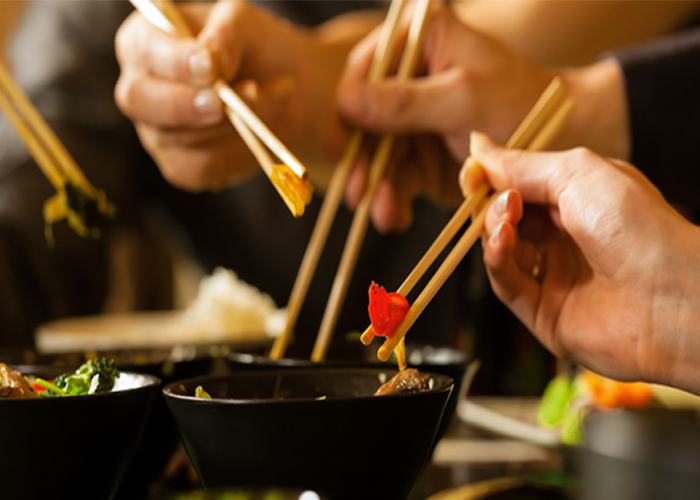The spread of chopsticks from China to other countries in East Asia can be attributed to various factors, including historical, cultural, and economic influences. Here are some key factors that contributed to the spread of chopsticks:
- Cultural Exchange: China has had a significant cultural influence on neighboring countries in East Asia throughout history. As Chinese culture spread through trade, migration, and cultural interactions, various aspects of Chinese civilization, including culinary practices, were adopted by neighboring regions. This cultural exchange played a crucial role in the dissemination of chopstick usage.
- Confucianism and Cultural Significance: Confucianism, an influential philosophy in East Asia, particularly in China, emphasizes harmony, modesty, and etiquette. Chopsticks became associated with Confucian values, and their usage came to symbolize the ideals of respect, humility, and moderation. As Confucianism spread across East Asia, so did the cultural significance and adoption of chopsticks.
- Trade and Economic Interactions: Trade routes and economic interactions facilitated the exchange of goods and ideas across East Asia. As merchants, travelers, and diplomats moved between countries, cultural practices, including culinary traditions and utensils, were shared and sometimes adopted. Chopsticks likely spread through these trade networks, as people from different regions encountered and learned from one another.
- Chinese Diaspora: The migration of Chinese communities to other countries in East Asia, such as Japan, Korea, Vietnam, and Taiwan, played a significant role in the diffusion of Chinese culinary practices, including the use of chopsticks. Chinese migrants brought their cultural traditions, including food and dining customs, which influenced the local cuisines and utensil usage in their new homelands.
- Adaptation and Localization: As chopsticks traveled to different countries, they underwent some adaptation to suit local preferences and culinary practices. Each country developed its own variations in chopstick design, length, and materials, reflecting regional tastes and preferences. This localization process allowed for the integration of chopsticks into the unique cultural contexts of each country.
It’s important to note that while chopsticks spread from China to other East Asian countries, each country also has its own distinct culinary traditions and dining customs. The adoption and usage of chopsticks vary within each country, with different styles and etiquette practices influenced by the local culture and history.
SHARE
